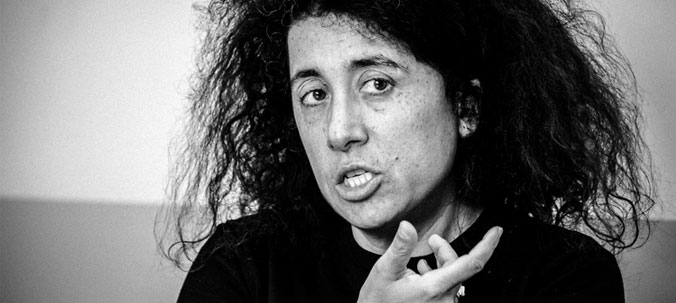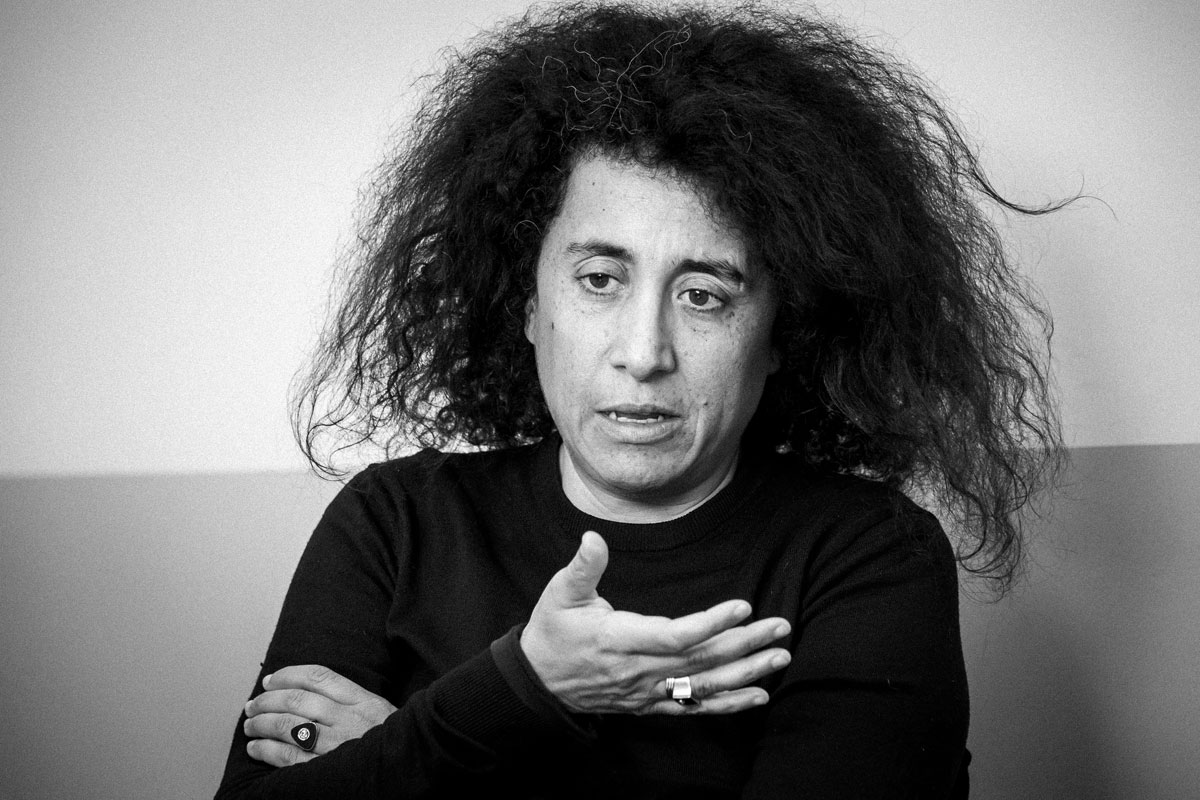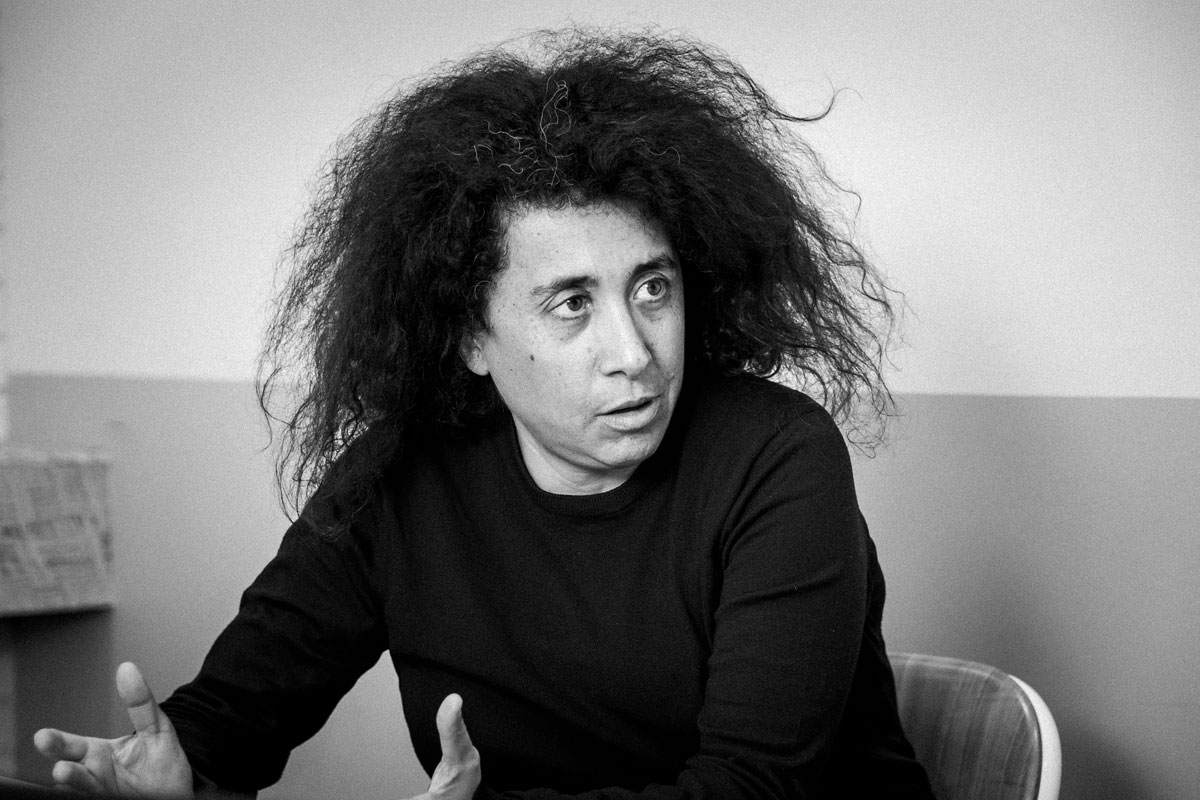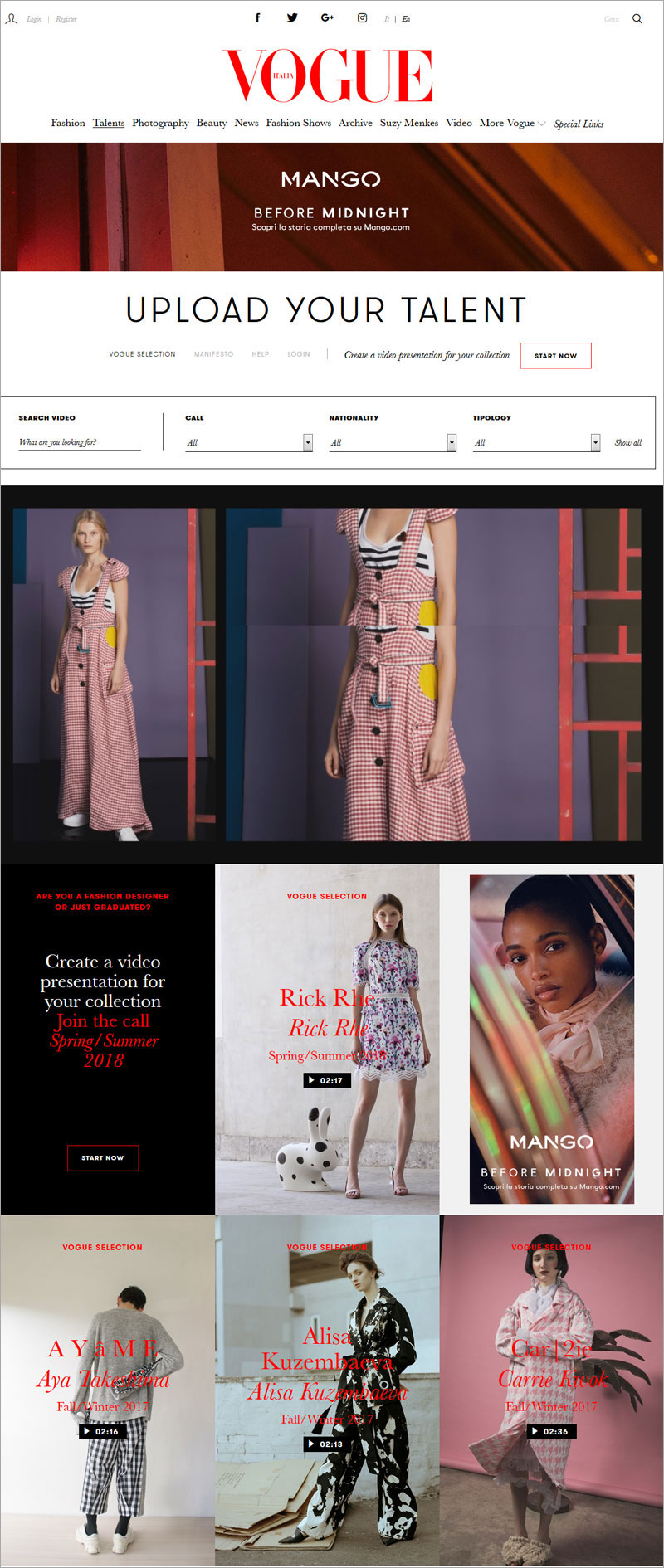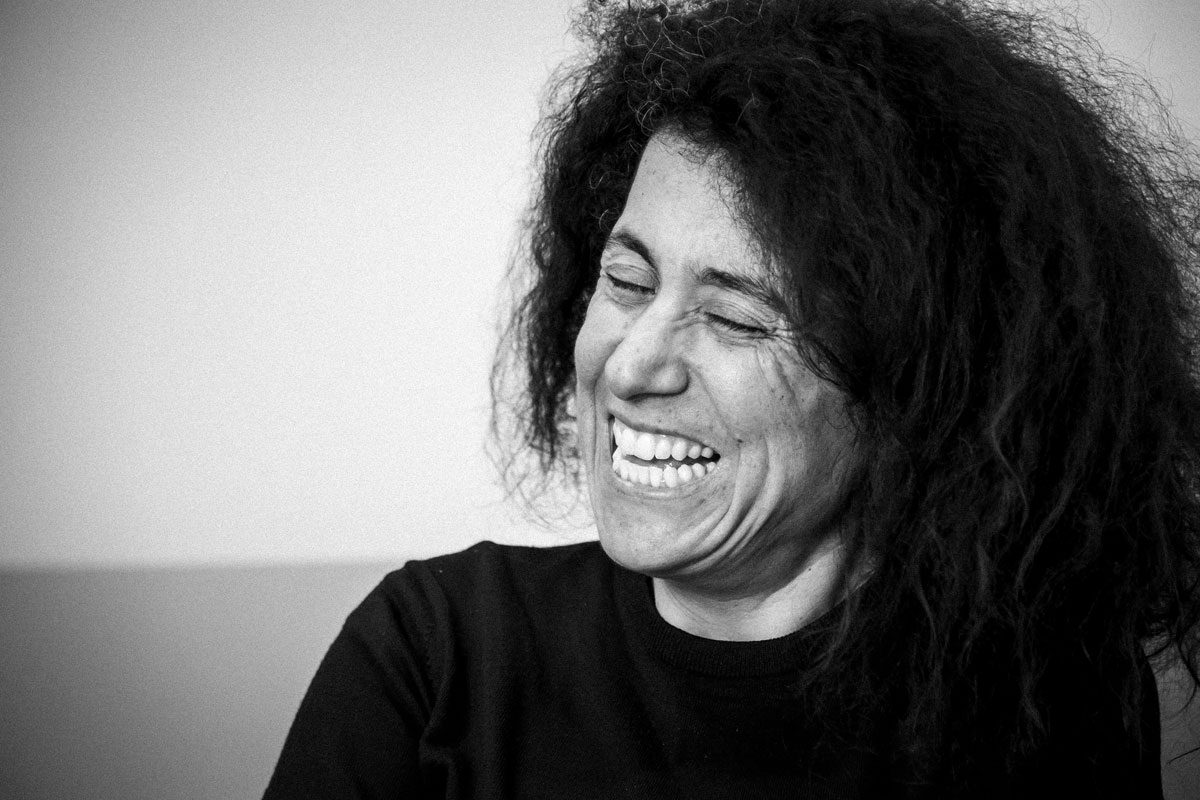Sara Maino
AmazonFWT 2018 S/S Overseas guest interview, vol. 3
Deputy Editor-in-Chief, Vogue Italia, Head of Vogue Talents
[ URL ] http://www.vogue.it/
Ms. Sara Maino, Deputy Editor-in-Chief of Vogue Italia, visited Japan during the Amazon Fashion Week TOKYO 2018 S/S. Actively visiting fashion cities and fashion weeks around the world, and focusing attention to finding new talented designers, she has visited Tokyo many times, and has supported the overseas advancement of many Japanese designers. Interspersing strict opinions at times, she was very open and frank in speaking of her impression of Tokyo streets and culture, problems/tasks which Japanese designers need to overcome, etc.
We’ve heard you’ve been to Japan many times. What is your impression of Tokyo, the town, its fashion?
This is my 3rd visit to the fashion week, and of course I enjoy seeing the shows every time, but I love walking around the streets of Tokyo just as much. I feel there is so much to see just walking around. I always receive so much inspiration and energy from the streets of Tokyo and its culture.
Is there any area in Tokyo which you are especially fond of?
I love that each area of Tokyo has its individuality and different impression, so it is difficult to choose, but I like Daikanyama because the townscape and buildings are extremely beautiful, and it puts me in a good mood just taking a walk. But the other day, I stretched my feet into an area of Omotesando which I’ve never gone to before. I enjoy seeing all sorts of things, so I always try to make my way to unfamiliar places.
What is your impression of the fashion week in Tokyo?
Of course, there is a difference in participating designers, but basically, I don’t think it is not much different from fashion weeks in Europe and the US, such as Paris, Milan, and N.Y. This is not a task faced only to Tokyo, but I think, in the future, the organization and the designers should actively search for a form of presentation other than runway shows. Previously, I visited the fashion week at Georgia, and the presentation of the participating designers were extremely fresh. I think it is easier for them to take risks because the market is not yet matured compared to Paris and/or Tokyo, but it does not mean something like that cannot be done in Paris and/or Tokyo.
Are there any brands which especially left an impression during this fashion week term? Also, please tell us your impression of this fashion week as a whole.
I had a good impression of TAKAHIROMIYASHITATheSoloist., YOHEI OHNO, RYOTAMURAKAMI, MOTO GUO, and although they hadn’t participated in the fashion week this season, Chika Kisada. As a whole, from before, I’ve had the impression that, compared to the extremely experimental stylings I see on the streets, the catwalk is lacking in freshness, and I had the same impression this season too. I’m not saying that the catwalk and street fashion should become more synch. What I mean is that the streets are extremely valuable in gaining inspiration, and from that, I think it is important to read what is presently being demanded of the market.
How do you think Japanese brands are received in global fashion scenes?
I have been involved in many endeavors to support overseas advancement of Japanese brands, and all-in-all, I think they are received well. However, at the same time, it is also true that there are young designers whom are not been able to take full advantage of opportunities they have been blessed with, so I feel the need for a more continuous support. This is not a problem limited only to Japanese designers, but sometimes I feel young designers are more inclined towards business, rather than creativity. As I said before, it is necessary to take risk in all aspects, from clothing production, runway show, to business. I think they need to try out more experimental things, and demonstrate their creativity more.
Due to the various communication tools of today, including the internet, forms of presentations in fashion are also diversifying. Under such circumstances, how do you think the positioning of the catwalk will change from here-on?
As you’ve pointed out, there are all sorts of tools today, including Instagram and other SNS tools and these are extremely useful tools in communication. On the other hand, I think that catwalks are still valuable from a commercial point of view. But at the same time, this is also largely due to it being a long-time custom of the fashion industry, so I think, in the future, brands and designers should take the risk and try out various methods of presenting.
Finally, what do you think Tokyo designers need to do to succeed in global markets?
As I’ve been saying repeatedly and consistently is, don’t be afraid to take risks. At VOGUE ITALIA, we have an on-line platform called ”UPLOAD YOUR TALENT”, at which young creators can present their work. We have access from around the world, but we’ve hardly ever had any uploads from Japanese creators. I think this is partly due to cultural differences, so I have no intention to place judgement one-way or the other, but I feel, culturally modest and shy Japanese people lack in acting initiatively. Today, we are living in an age of being able to gather any kind of information from around the world, and Japanese brands may gather attention through Instagram and such tools, but I think they need to turn their eyes towards the world more and transmit more from themselves, instead of just waiting to be discovered accidentally. Also, to prepare for when such time comes, I think it is imperative that they be able to communicate in English, at least enough to convey their own feelings.
Interview by Yuki Harada
Interpretation by Aiko Osaki


